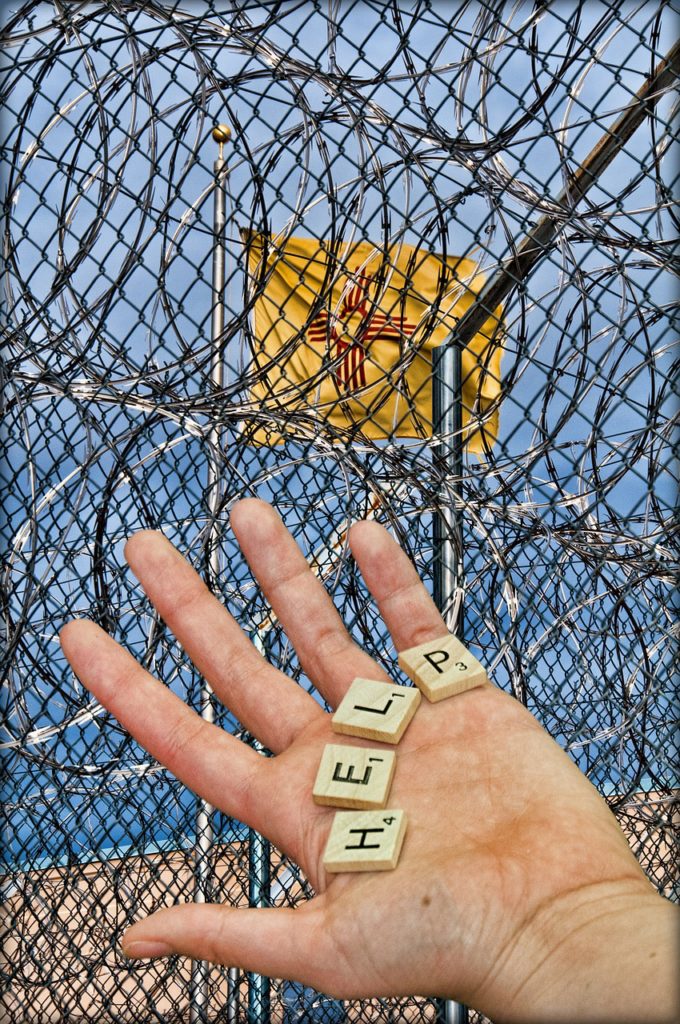
By: Kyle Steenland, Feature Editor
Imagine finding yourself trapped in the criminal justice system and later thrust into the hands of the department of corrections. Along the way, you pled your innocence but for reasons outside your control, your last contact with outside society was a judge handing down your sentence. You were wrongfully convicted. These two words effectively encapsulate the flaws of a system that has done its best to minimize them and represent a grave failure of the criminal justice system. And while these words represent why the “beyond reasonable doubt” standard will let a free guilty man; so the window exists for an innocent one’s conviction.
In a system that currently incarcerates over two million individuals, its foreseeable that individuals will be wrongfully ensnared.[1] Each wrongful ensnaring represents a failure – the gravest failure contemporary society can offer. These failures arise in a system with built-in safeguards created specifically to prevent such an occurrence.
This failure also brings ramifications that breed further injustices that occur when the offender is exonerated. The rate of exonerations is on the rise and, according to 2018 data, over 2,100 individuals have been exonerated since 1989.[2] Collectively, these wrongful convictions have taken approximately 20,947 years of life from individuals.[3]
An exoneration illustrates a wrong. And an exoneration from the state or federal government acknowledges that the individual should not have been incarcerated. How do you begin making amends for a grave injustice like a wrongful conviction? Where do you begin in quantifying the price of the principle behind robbing an American citizen of the rights and liberties this country has found inherent to the citizen’s very essence?
This is compounded by the fact that a wrongfully convicted offender’s assimilation back into society presents no easy task. Aside from missing out on the latest trends and advancements in technology, these individuals have lost the opportunity to participate in society’s workforce. This leads to an individual thrust back into the world – a world rife with costs – with limited opportunities to gather income in preparation. Robbed of both their liberties and their income these individuals find themselves accosted by the cost of participating in society.
Some states aim to mitigate this burden. Thirty-one states provide compensation for individuals convicted of crimes they did not commit.[4] Pennsylvania does not.[5] Whether an individual wrongfully convicted spends thirteen months or years behind bars, Pennsylvania’s stance remains the same. The dearth of such policies has led to multimillion-dollar settlements in compensation for the wrongfully convicted. From $9.5 million[6] in North Carolina to $21 million in California the headlines and stories behind such settlements are not few and far between.[7]
Economics aside, the morality of stealing the livelihood of the wrongfully convicted and then refusing to compensate them for that wrong betrays the very nature of the title of the criminal justice system. It betrays the foundational principles of the penal system. Rehabilitation has been a core tenant of America’s penal system since its inception and part of that rehabilitation has been the idea that the offender would be able to return and participate in society as a bettered person.[8]
Instead of having recourse to address the injustices of this system, many states simply ignore those who have been wronged. Even with an exoneration, twenty-nine states will still refuse to compensate the wrongfully convicted. This reduces an exoneration to an attempt at erasing a mistake rather than offering amends.
Sources:
[1]Pete Wagner, Mass Incarceration: The Whole Pie 2018, Prison Policy Initiative (March 14, 2018), https://www.prisonpolicy.org/reports/pie2018.html
[2]Exonerations by Year: DNA and Non-DNA, The National Registry of Exonerations (last accessed February 28, 2019), http://www.law.umich.edu/special/exoneration/Pages/Exoneration-by-Year.aspx
[3]Exonerations Total by Year, The National Registry of Exonerations (last accessed February 28, 2018), http://www.law.umich.edu/special/exoneration/Pages/Exonerations-in-the-United-States-Map.aspx
[4]Christopher Burrell, Fighting for Compensation After a Wrongful Conviction and 38 Years in Prison, NPR (November 30, 2018), https://www.npr.org/2018/11/30/670180358/fighting-for-compensation-after-a-wrongful-conviction-and-38-years-in-prison
[5]Right the Wrong, Pennsylvania Innocence Project (last accessed February 28, 2018), https://innocenceprojectpa.org/ways-support-innocent/advocates/right-the-wrong/
[6]Michael Gordon, City Settles Lawsuit by Exonerated Rape Suspect for Record $9.5 million, The Charlotte Observer (December 1, 2017), https://www.charlotteobserver.com/news/local/article187536143.html
[7]Liam Stack and Laura Holston, Man Wrongfully Imprisoned for Four Decades Gets $21 Million Settlement, The New York Times (February 25, 2019), https://www.nytimes.com/2019/02/25/us/craig-coley-false-murder-charge.html
[8]Etienne Benson, Rehabilitate or Punish?, American Psychological Association (July/August 2003, Vol. 34, No. 7), https://www.apa.org/monitor/julaug03/rehab